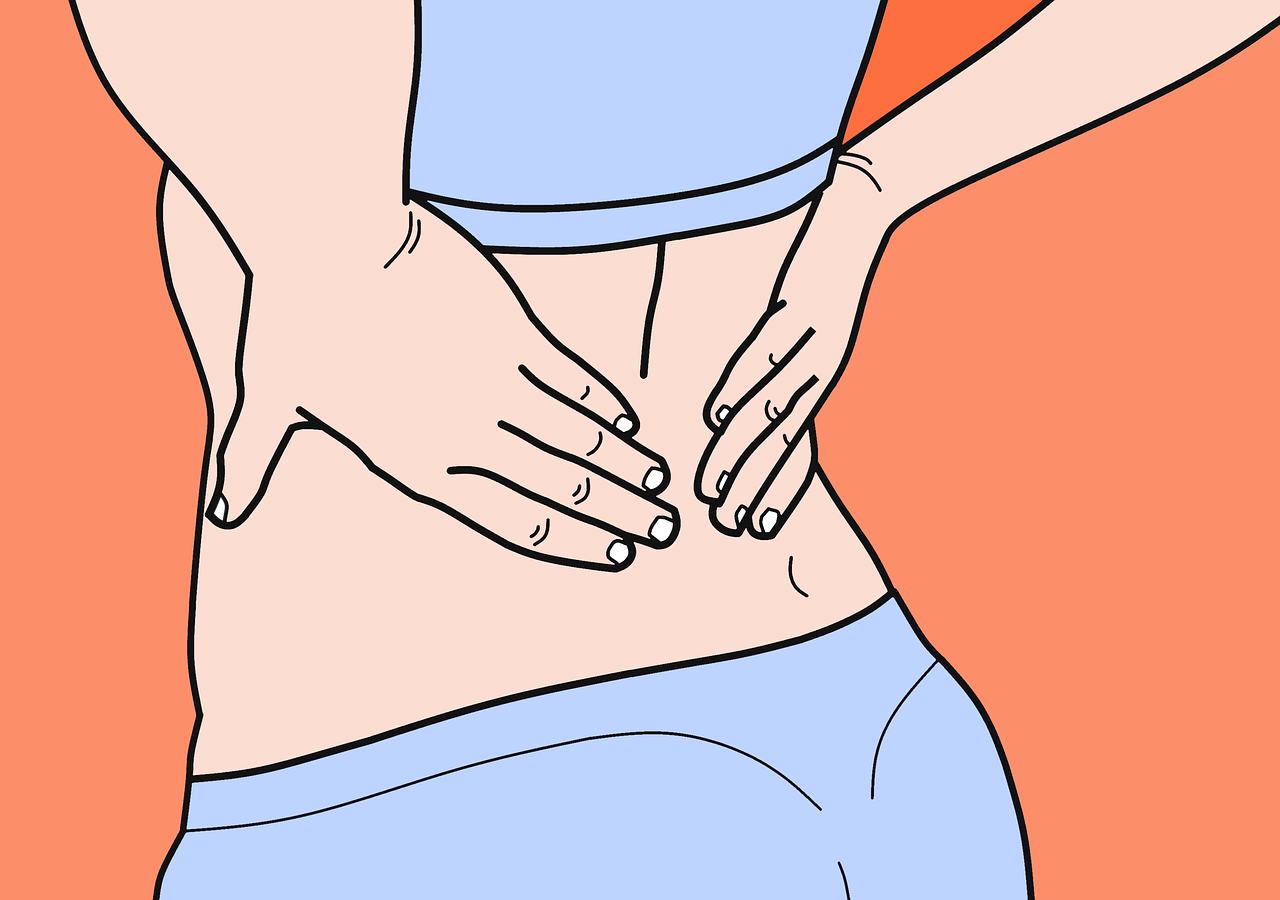Intervention: Day 9, 215 hours, 316 lbs, BMI 45.3
Last night was one of the worst sleeps.
A number of the articles I was reading up until yesterday seemed to suggest that lower back pain was the result of not being hydrated enough. The Navy Operational Fitness and Fueling Series (NOFFS) Nutritional Guide recommends 4.5-9 L of hydration per day for active servicemen with a weight of 250lb.
Side note 1: weird that the NOFFS doesn’t differentiate hydration needs by gender as women, I would have thought, have lower hydration needs.
Side note 2: no I’m not in the US or in the US Navy, however, the US Navy has a lot of nutritional information available and seems to be more open about their nutritional and fitness programs than other branches of the military regardless of country.
In general, I’m trying to get in at least 4.5 L of water per day. Technically at my weight, it should be closer to 6 L per day but if you’ve ever tried to drink 4-5L you know that is a lot of water even if you are on a water fast.
Regardless – apparently, one of the side effects of water fasting is severe back pain.
This apparently will pass in a few days but it seems the problem stems from the intestines, which are close to the lower back, detoxifying and in the process I assume pull on the muscles in the lower back as additional waste is being emptied into the lower colon. Lower back pain for a few days is common with extended fasting, although some people have reported such symptoms around day 4-5 of doing such a fast. This is also associated with salts deficiency including sodium, potassium, and magnesium.
While the multi-vitamins I’ve been taking in the morning have some potassium, sodium and magnesium have all been non-existent. This may be why these symptoms have been delayed. I have no way to tell for sure. So starting last night I’ve added an Emergen-C package to my intake routine at night and will see how well this works. This is going to boost some vitamins plus add some additional potassium to my daily intake.
I still need to figure out how to address the sodium and magnesium salts. One article was suggesting a 1/8 teaspoon of sea salt or Himalayan Salt per day and to take magnesium salt baths. Others were suggesting stretching exercises with a balance ball, chiropractor visits, and even enemas. Although that last one is really not high on my list of things to do.
I think I’ll take a bath and think about it. Maybe my back will stop hurting enough that I can get some sleep.
